Toghrol Tower

Toghrol tower in Rey city is considered as one of the spectacular attractions of Tehran. Toghrol tower is located in the east of the historical tomb of Ibn Babawayeh or Sheikh Sadough in Rey city.
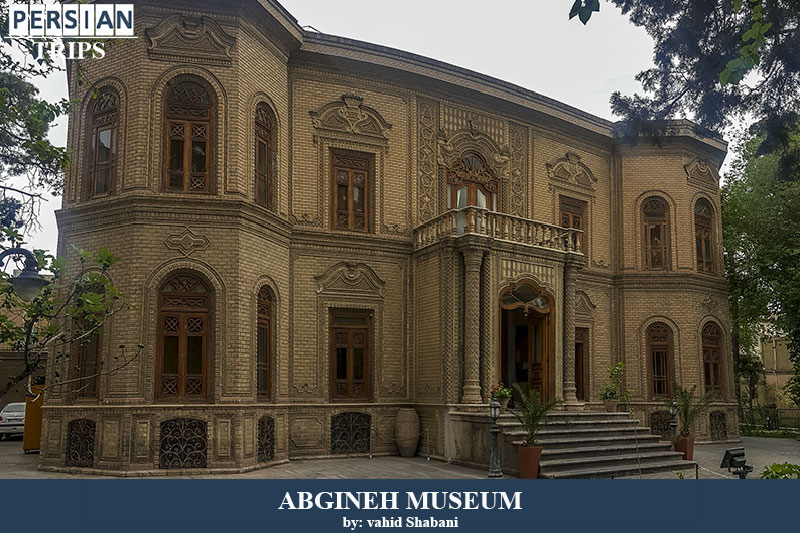
Tehran has been a melting pot for many years. Persians, Azaris, Mazenis, Kurds, Gilakis and other ethnicities from all over the country make up the population of Tehran. In the past, Tehran inhabitants had their own dialect, known as Tehrani dialect, which has fallen into disuse over time. Tehrani dialect is one of the dialects of Persian language with a different grammar.
With an area of about 18814 square kilometers, Tehran shares border with Mazandaran in the north, Qom in the south, Markazi in the southwest, Alborz in the west and Semnan in the east. This province consists of the cities of Tehran, Shahriyar, Islamshahr, Rey, Pakdasht, Damavand, Shemiran, Varamin and Firoozkooh.
Among the handicrafts of Tehran, we can mention patent leather weaving and Jajim weaving. Patent leather weaving is an art that is a combination of carpet and kilim weaving. Embroidery is also an art in which beading is done on fabric. Jajim weaving is one of the arts that nomads practiced in Firoozkooh; they made high quality jajims from sheep wool. The art of printing on fabric is called batik printing in which natural patterns and colors such as turmeric and pomegranate are used on the fabric.
Celebrations are important parts of the customs and culture of people. In the past, Tehran inhabitants used to celebrate and have fun on different days. Chaharshanbe Suri (the last Wednesday of the year), sizda Be-Dar (the 13th day of Farvardin, the first month of the year), and Panjak are among the celebrations that were performed in this province. Naqqali, a dramatic story telling was also popular; a person with a pleasant voice, a special cane and a stool entertained people in old coffee houses by reciting mythical stories. One of Naqqali features is the detailed descriptions of the incident and the events of the story.
Golestan Palace, Saad Abad Palace, Niavaran Palace, Masoudieh Mansion, Moghaddam House, Abgine Museum, Iran National Museum, Cheshme Ali in Shahr-e Rey, Ferdows Garden Mansion, Imam Zadeh Saleh Shrine, Naghareh Khaneh tower in Shahr-e Rey, Tange Vashi (Strait), Tabiat Bridge, Historical Region, Numerous Historical Houses, Milad Tower,luxurious shopping centers, etc. are among the tourist attractions of this province. In addition to its natural and historical attractions, Tehran has been able to attract the attention of many tourists with its food. Among the most important foods of Tehran province, we can mention Eshkeneh Spinach, Dampokhtak, and Ash Shole Ghalamkar .
Tags: Abgineh, Tehran Province, Golestan Palace, Saad Abad Palace, National Museum, Niavaran Palace, Shahr-e Rey, Tabiat Bridge, Abgineh Museum, Milad Tower, Azadi Tower

Toghrol tower in Rey city is considered as one of the spectacular attractions of Tehran. Toghrol tower is located in the east of the historical tomb of Ibn Babawayeh or Sheikh Sadough in Rey city.

In the history of Iran, the Qajar and Pahlavi periods are known as the era of the arrival of the new European civilization in this country. This entry includes imitating the external aspects of this civilization such as: new organizations, type of clothing, architecture of buildings, etc.
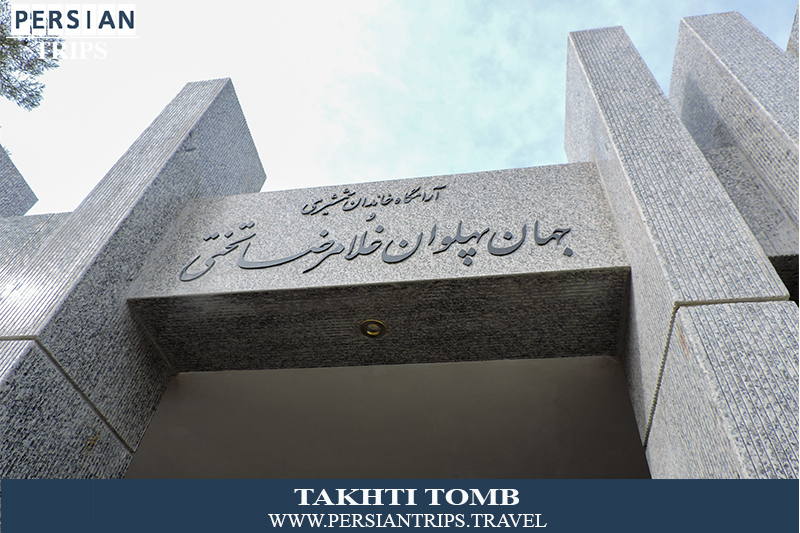
In the south of Tehran, in the 1100-year-old Ibn Babvieh Cemetery, there is a grave of a man who is one of the symbols of the struggle of the Iranian people against the Pahlavi regime. The tomb of Gholamreza Takhti, a famous Iranian wrestler and Olympic champion, has been registered as one of Iran National Heritage List.Now it's time to turn the pages of Iran's history 60 years ago.
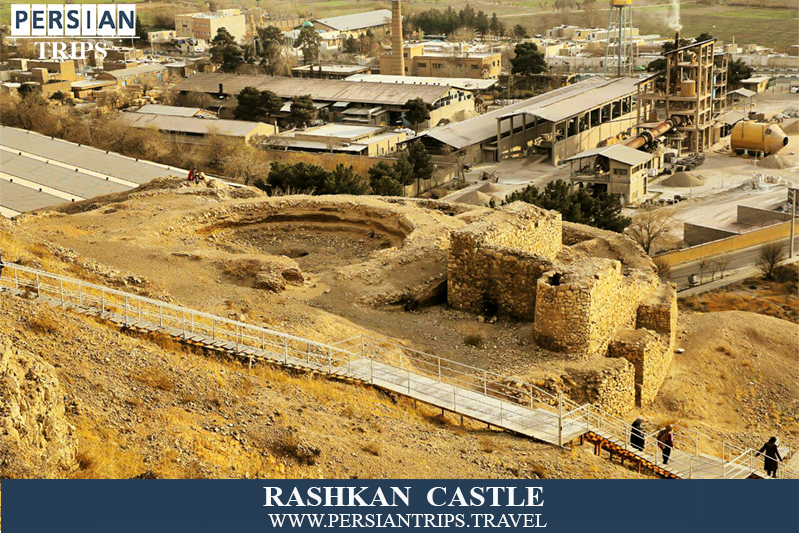
A fortress with 2000 years of history in a city with more than 7000 years of history and in the heart of the Alborz mountain range. Reshkan Castle, which dates back to the Parthian period, is located in one of the strategic points of the northern half of Iran and near the capital (Ray city).Now it's time to explore the south of Tehran.
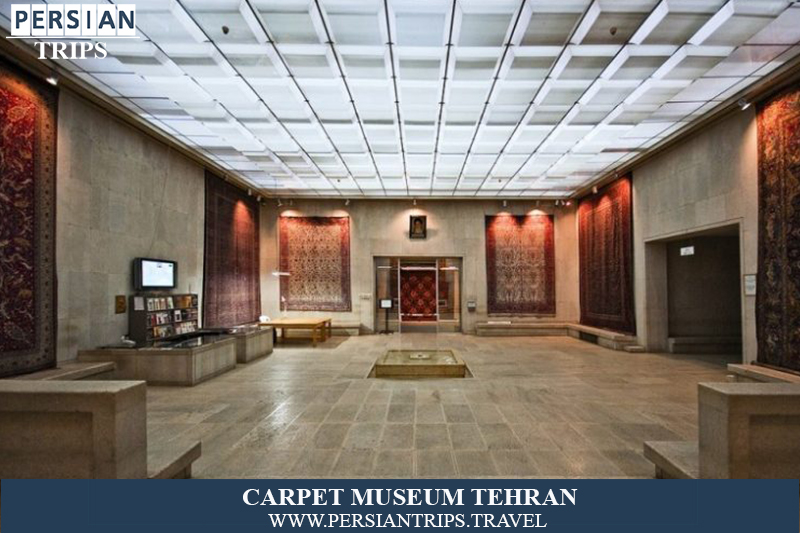
One of the symbols by which Iran is known is the carpet. An art that is thousands of years old and is tied to each and every Iranian. An industry that is going on in today of Iran with high quality and quantity. In this article, we would like to introduce you to a paradise of exquisite and historical Iranian carpets.
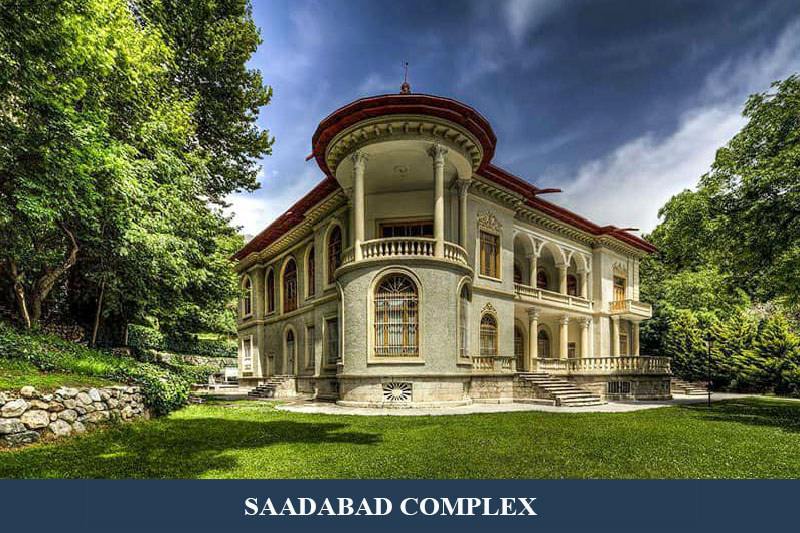
Sa'ad Abad Complex is located on the southern slopes of the foothills of Tochal and the green valley of Darband in the northernmost point of Tehran. The area of this complex includes one million and one hundred thousand square meters.

21.73°C
Tehran